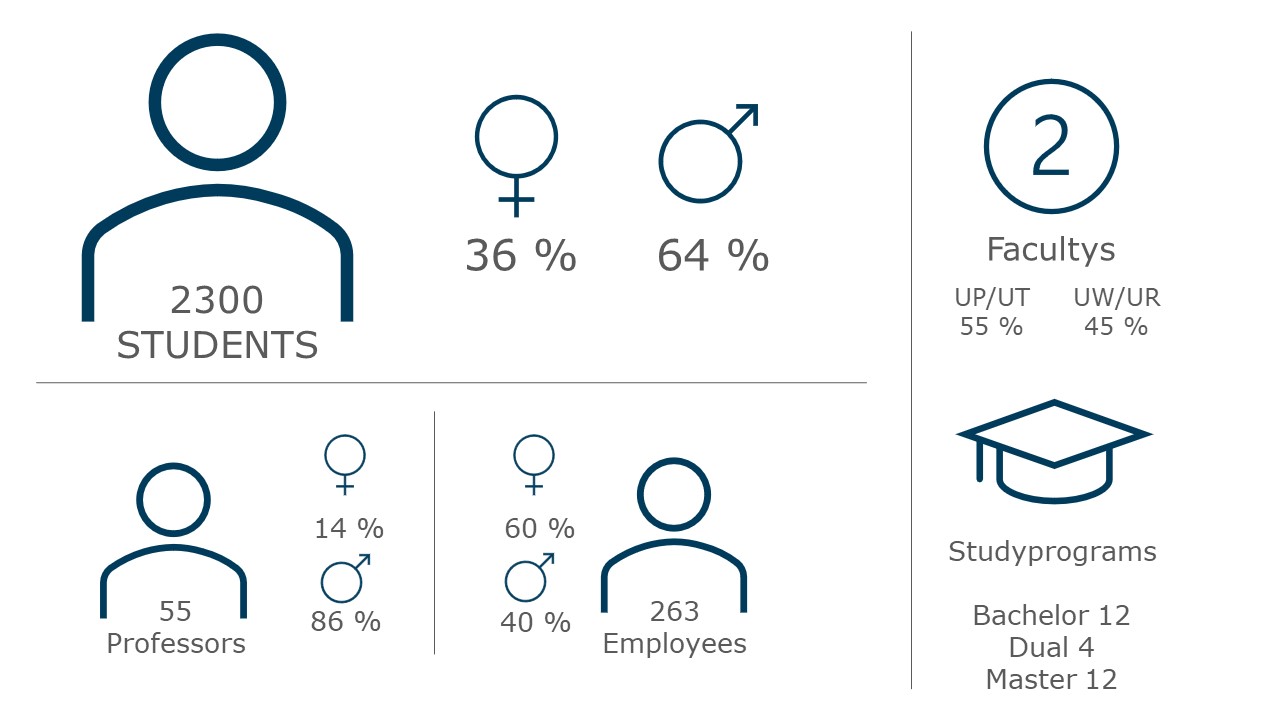Key Performance Indicator GRI SRS-403-9: Work-related injuries
The reporting organization shall report the following information:
a. For all employees:
i. The number and rate of fatalities as a result of work-related injury;
ii. The number and rate of high-consequence work-related injuries (excluding fatalities);
iii. The number and rate of recordable work-related injuries;
iv. The main types of work-related injury;
v. The number of hours worked.
b. For all workers who are not employees but whose work and/or workplace is controlled by the organization:
i. The number and rate of fatalities as a result of work-related injury;
ii. The number and rate of high-consequence work-related injuries (excluding fatalities);
iii. The number and rate of recordable work-related injuries;
iv. The main types of work-related injury;
v. The number of hours worked.
You will find the remaining numbers c-g of the indicator SRS 403-9 in the GRI standard and may additionally report them here.
Key Performance Indicator GRI SRS-403-10: Work-related ill health
The reporting organization shall report the following information:
a. For all employees:
i. The number of fatalities as a result of work-related ill health;
ii. The number of cases of recordable work-related ill health;
iii. The main types of work-related ill health.
b. For all workers who are not employees but whose work and/or workplace is controlled by the organization:
i. The number of fatalities as a result of work-related ill health;
ii. The number of cases of recordable work-related ill health;
iii. The main types of work-related ill health.
You will find the remaining numbers c-e of the indicator SRS 403-10 in the GRI standard and may additionally report them here.
Key Performance Indicator GRI SRS-403-4: Worker participation on occupational health and safety
The reporting organization shall report the following information for employees and for workers who are not employees but whose work and/or workplace is controlled by the organization:
a. A description of the processes for worker participation and consultation in the development, implementation, and evaluation of the occupational health and safety management system, and for providing access to and communicating relevant information on occupational health and safety to workers.
b. Where formal joint management–worker health and safety committees exist, a description of their responsibilities, meeting frequency, decision-making authority, and whether and, if so, why any workers are not represented by these committees.
Key Performance Indicator GRI SRS-404-1: Average hours of training
The reporting organization shall report the following information:
a. Average hours of training that the organization’s employees have undertaken during the reporting period, by:
i. gender;
ii. employee category.
Further information can be found in the current german Sustainability Report. Quantified information on training and continuing education measured in hours per employee cannot be provided at the present time.
Key Performance Indicator GRI SRS-405-1: Diversity
The reporting organization shall report the following information:
a. Percentage of individuals within the organization’s governance bodies in each of the following diversity categories:
i. Gender;
ii. Age group: under 30 years old, 30-50 years old, over 50 years old;
iii. Other indicators of diversity where relevant (such as minority or vulnerable groups).
b. Percentage of employees per employee category in each of the following diversity categories:
i. Gender;
ii. Age group: under 30 years old, 30-50 years old, over 50 years old;
iii. Other indicators of diversity where relevant (such as minority or vulnerable groups).

Further information can be found in the current german Sustainability Report.
Key Performance Indicator GRI SRS-406-1: Incidents of discrimination
The reporting organization shall report the following information:
a. Total number of incidents of discrimination during the reporting period.
b. Status of the incidents and actions taken with reference to the following:
i. Incident reviewed by the organization;
ii. Remediation plans being implemented;
iii. Remediation plans that have been implemented, with results reviewed through routine internal management review processes;
iv. Incident no longer subject to action.